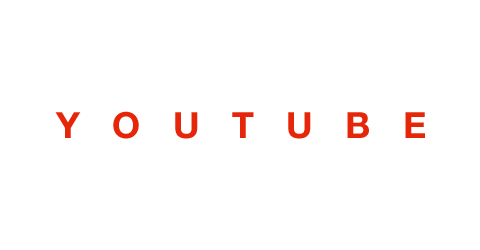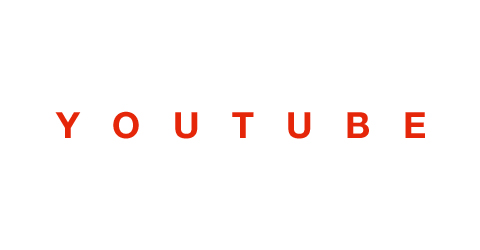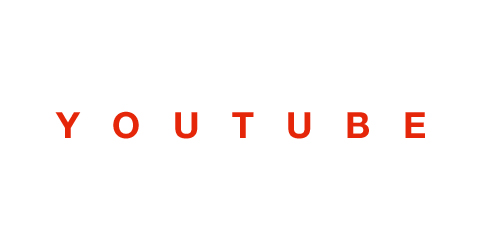Is it a coincidence that precisely a company such as Apple placed full-page newspaper ads in the 1980s in which, above the ubiquitous bitten fruit of wisdom stood the words "Work wherever you want!" in a typographically well-balanced font? We now know that anyone who has bitten from the unforbidden electronic apple is condemned to wander through the media-based world in which we are networked at all times and everywhere, but precisely do not always to be. And it follows from this: Work still lurks at all times and everywhere, with the corresponding impact on the office.
A trade fair such as the Orgatec essentially touches on one of the sets of core issues of society today: How do we work today? How will we work in the future, and what does work mean in the post-industrial age of permanent communication? In other words, when we are talking about the territory that still gets called an "office" for embarrassed want of another word, there is more at stake than just spatial economy, technology, furniture, fabrics, color and mood. And it is notable here that the contemporary office world continues to try to balance a situation that is unstable as it is precarious. After all, every since the policy of caging staff in single cells was abandoned in favor of an open, free-range office territory, the key focus has been on how to combine collective permanent communication with concentration in quiet. To put it differently: How can a sensible balance be struck between a company's organizational and economic needs and the users' legitimate requirements - and how can design help here? Or to put it more drastically: How productive and yet human can the territory be that is no longer structured by boundaries set by person or hierarchy and in which each and every person has to assert and invent themselves constantly?
Connections and islands of quiet
The fact is that at the Orgatec 2010 in Cologne the human and the digital were being networked whichever way you looked and islands of quiet and bests for concentration likewise ubiquitously on offer. One could even say that where no new mode of work is in sight and the line dividing work and leisure time is dissolving further, new typologies are just as much in short supply as is a new uniform form of thinking. To boil it down to a single denominator: the office of today must be large, must be hooked up to all the direct and indirect channels of interpersonal and electronic communication, and finally offer everyone a personal cocoon for concentrated work or intensive talks in a small group as and if required. Which all goes to say that the existing "office system" is being refined, the established paradigm differentiated further.
Net 'n' Nest
It is surely not chance that the simplest formulation for the current admixture was forged in the concept shops at Vitra. The formula of "Net 'n' Nest" hits the nail on the head as regards what almost all serious manufacturers now seek to achieve with a plethora of styles, materials, shapes and colors. What catches the eye is that the focus of recent years has tended to be on an "open office", i.e., on communication, swiftness and discourse at long, multi-purpose work tops, and now, in a kind of supplementary reverse move, aspects such as concentration, individuality and privacy are being foregrounded. Evidently, people are now endeavoring to balance the "office" system as a whole, since in the recent past the one or other could not be forgiven thinking the only place you could really work was at home as the office consisted of nothing but permanent communication and stand-by. Inspired by George Nelson's ideas from the 1940s to 1960s, in particular Vitra has started thinking about the office world beyond all discipline segregation and Taylorist notions. This is only logical as is the fact that people are resorting now to the project of the "citizen's office" that, with strong encouragement from Vitra, Ettore Sottsass, Andrea Branzi and Michele De Lucchi pursued 20 years ago.
Mobile work either seated or standing along with the saddle-like "Nelson Perch", desks with rolling lockable containers (instead of the ideology of the clean desk), a phone desk shaped almost like a cabin that is visually and acoustically screened from its surroundings - all of this is already to be encountered in the 1964 "Action Office" George Nelson developed together with Robert Propst. What at the time undermined the given rules of office work, is along with other elements as good as part of the standard repertoire today. It would perhaps be more beneficial to cast a glance at the concept underlying the 1991 "Citizen Office" and its 2011 update instead of trying to establish what is old and what is new and where stylistic or functional adjustments have been made.
Citizen Office 1991
When, in the wake of the crisis of Taylorism seen in the mid-1960s Branzi, De Lucchi and Sottsass started pondering work and life in the office (all the details can be gleaned from a corresponding 1991 publication), they homed in specifically on four aspects. First: Work and life are not opposites, and therefore it must not only be possible to live in the office but life must also be expressed in the office. Second: The office becomes a model of social and urban organization, and a new corporate culture offers an answer to the crisis of production to the extent that industrial capitalism has to develop not only a possible model of production for society, but also an example of how social relations should be handled. Third: The office acquires a "civil" and a civilizing role within corporations, that now open up to the outside. And fourth: The office becomes an ambivalent place: it can be renewed, changed, reformed, but remains at heart an incomplete and provisional structure.
Citizen Office 2011
Today, management at Vitra is still convinced that the office can never assume a final form once and for all, and the changes in ways of working never come to a rest. Indeed, the Citizen Office 2011 thus proves to be an "office of options" destined to broker between the poles of "efficiency" and "relaxation". It follows the model of the city and therefore consists of two basic forms of working environment, namely a central "Office Forum", comparable to the market place in a city, and the "Workstation Areas" arranged around it, comparable to the city's individual quarters. Both basic forms are intrinsically flexible, function independently, if needed promote networking and interaction, but also enable withdrawal, relaxation and concentrated work. Or such is the underlying principle.
Workstation Areas
"Workstation Areas", as they are called, are nothing other than the transformation of the idea of the classical office under conditions of deterritorialization. Here you can work alone in "clusters" or in groups, standing or sitting, at firmly allocated or at "non-territorial" workstations. In all of this, few would have imagined the momentum of the ball the Brothers Bouroullec set rolling in 2006 when the launched the highback version of their "Alcove Sofa". It offers ‘nesting options' not just in a lounge, but also in the open territory of the office - in the latest version it boasts a writing tablet and a filing system beneath it, and without the nest no however open territory would function. Moreover, and this definitely applies not only to Vitra, there is a general need for so-called ‘Silent Rooms', ‘Debate Rooms' or ‘Media Rooms'.
Office Forum
The office of the ‘working citizen' is a social center. Within it, the ‘forum' above all has the function of pointing beyond the clearly defined workflow. Yet it would be wrong were we to suppose this simply involves some unproductive luxury. It has long since been proven that the opportunity of swapping news or information in a pleasant setting (be it formal or informal), of relaxing ro meeting other teams, not only has an effect on the ‘climate' but can also foster the development of new ideas and helps reduce tension and misunderstandings.
Whether and to what extent hybrid forms such as standing tables with high office chairs will win out is a moot point, as is the incessant praise for office power naps or the provision of kinetic workstations. The office may be a part of life, but it is not more than that. And anyone who sweats away working out on a bike may perhaps enjoy training because he is among others, but that does not make him a better staff member. Just as the new freedom comes with a price tag, just as it spawns its own forms of social control and ostracization. "No sports" can swiftly become a stigma in an office community of the fit and lean. But that is a different matter.
One thing is clear, however: In the form of "Citizen Office 2011", Vitra not only describes the status quo, but also continues to transpose the principle of collage onto the office. Meaning that the snake bites its tail, as a collage truly defined by the user would presumably not just consist of Vitra products. The office as "an expression of the personality of its user", now that would simply give rise to additional problems, right through to the flowerpots on the window sill. So the formula reads: The office as collage reflects the "personality of the company and likewise the individuality of its staff members." Woe unto him who believes that.
 "Playtime" by Jacques Tati
"Playtime" by Jacques Tati
 "Playtime" by Jacques Tati
"Playtime" by Jacques Tati
 Movie "The Apartement" by Billy Wilder
Movie "The Apartement" by Billy Wilder
 From up to bottom: Alcove Highback Work by Erwan and Ronan Bouroullec for Vitra Cuvert Chair by Jehs+Laub for Cor; all photos: Stylepark
From up to bottom: Alcove Highback Work by Erwan and Ronan Bouroullec for Vitra Cuvert Chair by Jehs+Laub for Cor; all photos: Stylepark
 From up to bottom: Booth by ege taepper; seating furniture Otto by Carlos Tiscar for Girsberger
From up to bottom: Booth by ege taepper; seating furniture Otto by Carlos Tiscar for Girsberger
 From up to bottom: Storage by Arik Levy for Vitra Messestand by USM Communal Cells by Ronan & Erwan Bouroullec for Vitra
From up to bottom: Storage by Arik Levy for Vitra Messestand by USM Communal Cells by Ronan & Erwan Bouroullec for Vitra
 Star by Jehs+Laub for Renz
Star by Jehs+Laub for Renz

